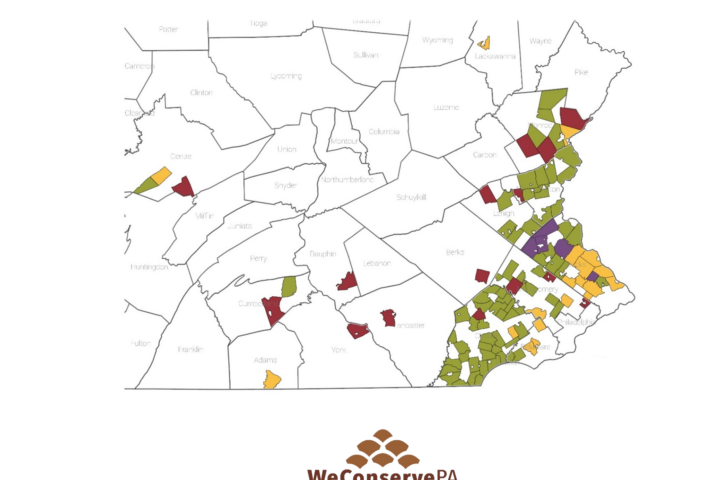WeConservePA has updated several of its guides recently: Volunteers, Working Forest Conservation Easement, and Separate Entity to Hold Riskier Properties. Additionally, a new guide has been published: Not a Public Trust.
Volunteers
Effectively recruiting, training, managing, and retaining volunteers can play a crucial role in helping a nonprofit organization accomplish its goals. In Volunteers: Guidance for Recruiting, Training, Managing, and Retaining Unpaid Workers, a range of online resources from blog posts, journal publications, and helpful databases are included to help conservation organizations (and truly any nonprofit organization) maximize their work with volunteer groups.
Working Forest Conservation Easement
A working forest conservation easement keeps forestland intact for timber production, providing support for rural economies. It is established by mutual agreement of a willing landowner and a private land trust or government. The conservation easement limits subdivision, development, and activities that would hinder the land’s capacity to grow trees for industry or potentially provide recreational opportunity.
Separate Entity to Hold Riskier Properties
Some real property is substantially riskier than other property for an organization to hold and manage. Depending on just how great the perceived risk, the organization may want to consider isolating its exposure to that risk by establishing a separate organization—wholly controlled by the founding organization—to hold the riskier property.
Not a Public Trust: The Land Trust-Held Conservation Easement in Pennsylvania
Periodically a point of debate arises in land trust and conservation circles: Is a land trust fundamentally an example of a public trust? This guide explores the history and facts behind why this rare yet persistent assumption is erroneous. No legal precedent exists in Pennsylvania for finding that a conservation easement acquired by a private land trust is a public trust. Why does this distinction matter? The guide also wades into looking at that question through multiple lenses.


